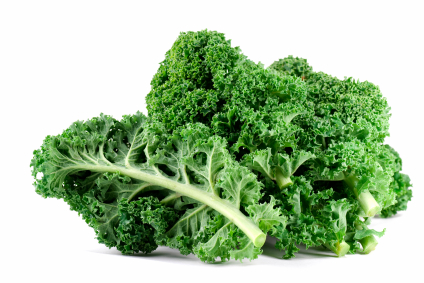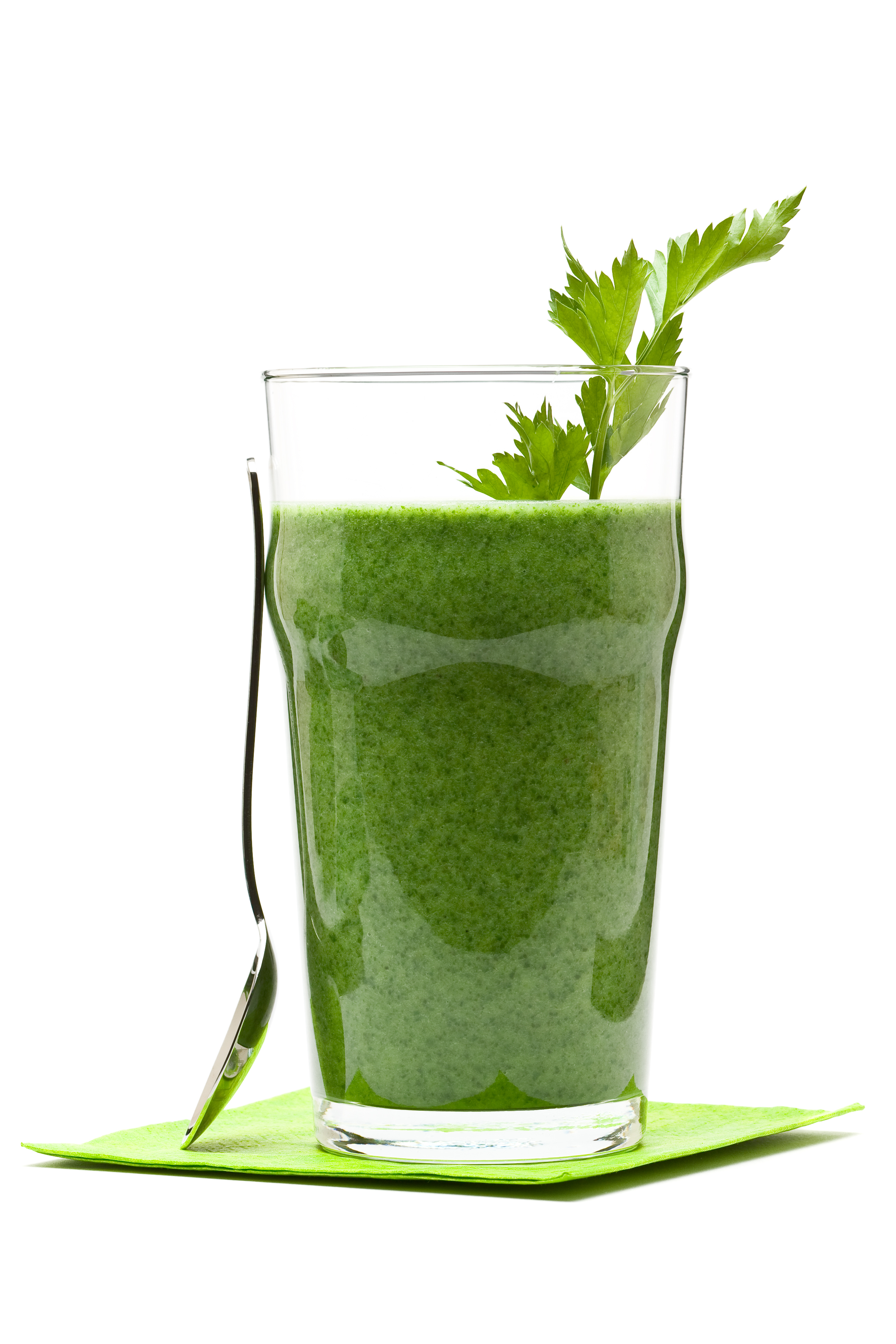Editor’s Note: I’ve written before how juicing saved my life back in my twenties when I was constantly traveling and experiencing health challenges as a result. In this latest post on boosting immunity, Melanie Christner describes the background of juicing and how and why it can literally save your life plus some yummy combinations to try and an overview of the best juicers on the market.
Don’t forget that Melanie’s class on the GAPS Diet starts soon. Find out more by clicking here if doing GAPS to reverse autoimmune disease is something you’re considering this year plus you will get a free 30 Day Prep Guide for GAPS!
What To Do?
…when we breathe, bathe, ingest, walk on, cook with, drive in, & live in toxic chemicals…from the carpets our babies crawl on…to the fillings in our teeth, and the lotions we put on our skin? It can be maddening. Heavy metals, petrochemicals & other toxins are pervasive in our human domains, settling unwelcome, into our tissues & brains…and overwhelming our immune systems.
These toxins don’t just hang out. To quote Dr. Natasha Campbell-McBride, author of Gut And Psychology Syndrome, “Stored toxicity does not just sit silently in the tissues of our bodies. It causes symptoms of chronic diseases and lays down the ground for cancer formation”.
So along with reducing our toxic exposure in general, we need to be regularly removing the toxins that are stored in our bodies, consequently reducing our risk of chronic diseases like cancer in a significant way.
There is a great way to help remove these toxins…and kids even LIKE it.
Juicing.
Juicing is a practice that has been around for a very long time. Dr. Norman Walker is credited with designing the first commercial juicer in the early 1900’s, but extracting juice from fruits and vegetables goes back to ancient times.
Hundreds of studies have been done on the benefits of raw fruits and vegetables.
Documentaries have been made (such as “The Gerson Miracle” and “Fat, Sick & Nearly Dead”)
And there are wellness centers, such as the Ann Wigmore Natural Health Institute, Hippocrates Health Institute, & Optimum Health Center, with a focus on therapeutic juicing.
Juicing is also an important part of the detoxification component of the GAPS™ Diet protocol and is Number 4 in the Top 10 Immunity Boosters.
What are the benefits of juicing?
Full of nutrients: Raw fruits and vegetables are known for being a great source of vitamins, antioxidants, chlorophyll, amino acids, minerals like magnesium/selenium/zinc, enzymes, and (importantly) phytonutrients (key tools against cancer)
Detox & chelate: By juicing fruits & vegetables, their nutrients are extracted in large & concentrated quantities and help flush out toxins that have accumulated.
Improve our electrical function: Juicing helps to clear toxic blockages, so that electrical and chemical processes can happen more efficiently, resulting in better cellular communication and function
Help cancer & disease: Each plant contains different phyto-chemicals that act in their own way against cancer & disease…its important to vary the juicing menu.
Soften gallstones: Fresh pressed juices soften and dissolve gallstones over time, and if appropriate fats are included in the diet (see GAPS milkshake recipe below) then the liver/gallbladder will be stimulated to expel the softened stones for elimination
Give digestion a break: Digestion is a huge task for the body. Juices are absorbed in 20 – 25 minutes, with little work on the part of the digestive system.
pH: When part of a balanced whole food diet, they nicely balance the pH of meats, eggs, dairy, etc.
Good for compromised digestive systems: Those with wounded digestive systems have a difficult time with fiber. Juicing removes this fiber and helps healing take place.
How should I do juice?
- The most important thing about juicing is to only consume your juices freshly pressed and raw. Store bought juices (unless they are juicing it right in front of you at the organic cafe) are damaged with pasteurizing, added sugar & preservatives. Optimally you want to drink within 20 minutes for the best nutrient content, as the juice will start to oxidize and lose nutrients. If you DO refrigerate, store it in a mason jar with lid screwed on tight, and try to drink it the same day. (For example, you could juice enough for 2 glasses in the day, consuming one fresh, and one later from the refrigerator).
- Start small (remember they are detoxing!) and work up to 2 glasses a day. 1 – 2 glasses a day should be consumed for maintenance of good health, while 4 glasses a day is therapeutic.
- Drink on an empty stomach, first thing in the morning and in afternoon before dinner
- Use a 3:1 ratio of veggies to fruit, or at least 50/50 of tasty to therapeutic ingredients. Tasty ingredients would be carrots, apples, pineapples, while therapeutic would be leafy greens, beets, cucumbers, etc.
- Beets are wonderfully therapeutic and great for the liver and gallbladder. Keep the beets close to a 5% portion of your juice though, at least starting out.
Recipes:
There are many different combinations, with different combinations being better for certain situations. Our family’s favorite all purpose juice combination is the GAPS™ milkshake (recipe below).
Here are some other combinations:
Pineapple+carrot+small amount of beet = in morning, stimulates stomach acid for digestion, & pancreatic enzymes
Carrot+celery+apple+beet = great liver cleanser
Spinach*+lettuce+parsley+dill+carrot & beet tops+tomatoes+lemon = good for magnesium, iron & heavy metal chelators
A basic standby green juice* from The Prescription for Nutritional Healing is:
4 – 5 carrots, 3 sprigs fresh parsley, 1 large handful kale*, 1 beet including tops, 1 clove peeled garlic, 1/4 head cabbage
* Please note that green juices from vegetables high in oxalates can trigger or exacerbate kidney stones and other ailments in susceptible individuals. Be careful and use in moderation.
What about blood sugar?
There are some concerned that juicing will spike their blood sugar, and that can be true if you are making your juices too sweet, or not adding any fats & proteins to even out the carbs. A great way to remedy this is to make something like the GAPS™ milkshake. To quote Dr. Natasha:
GAPS Milkshake: make a juice from a mixture of fruit and vegetables, add 1-2 raw eggs (both the yolk and the white) and a large dollop of raw sour cream (if sour cream was not introduced yet, use coconut oil) and whisk the whole thing. It will turn into a delicious ‘milkshake’. The fats and protein balance the sugars in the juice, keeping the blood sugar under control. The juices of apple, celery, beetroot and other vegetables soften the gallbladder stones over time, while the fat provides gentle stimulation to the liver to squeeze these stones out. Start this milkshake from a few tablespoons per day and gradually increase to 2 glasses per day: first thing in the morning on an empty stomach and middle of afternoon.
This is our family’s favorite drink in the mornings (and makes this mama feel like Mrs. Incredible)
A brief summary of juicers:
There are numerous juicers out there, the main differences being how much juice is extracted and how much oxidizing happens during the juicing process. Here are the main types as referenced in Kris Carr’s (juicing extraordinaire) handbook on juicing, with recommended brands in each category:
Good – Centrifugal: Best price point. Usually have a wider mouth and are easier to clean. With their high speed spinning, juice will not last as long and this is the juice that you want to consume within about 20 minutes (at least within the day). Breville or Omega
Better – Masticating: Lower speed spinning, less oxidizing, juice lasts a bit longer in a tightly sealed jar, up to 1 – 2 days. Champion or Hurom Slow Juicer
Best – Twin Gear Masticating: Even lower speed, can handle fibrous veggies like wheatgrass, make nutbutters, and juices can last up to 72 hours in the fridge. More cleanup and more counter top space taken up. Green Star or Samson Ultra
The Best – Norwalk Hydraulic Press: Provides 50 – 100% more juice by squeezing the juice out. Priciest option, originally developed by Dr. Walker, as the first commercial juicer. Norwalk Juicer, or a cheaper option…hand cranked Healthy Juicer (good for wheatgrass too)
Here’s to your juicing health!
- See more at: http://www.thehealthyhomeeconomist.com/juicing-101/#sthash.be4QC6mO.dpuf


















